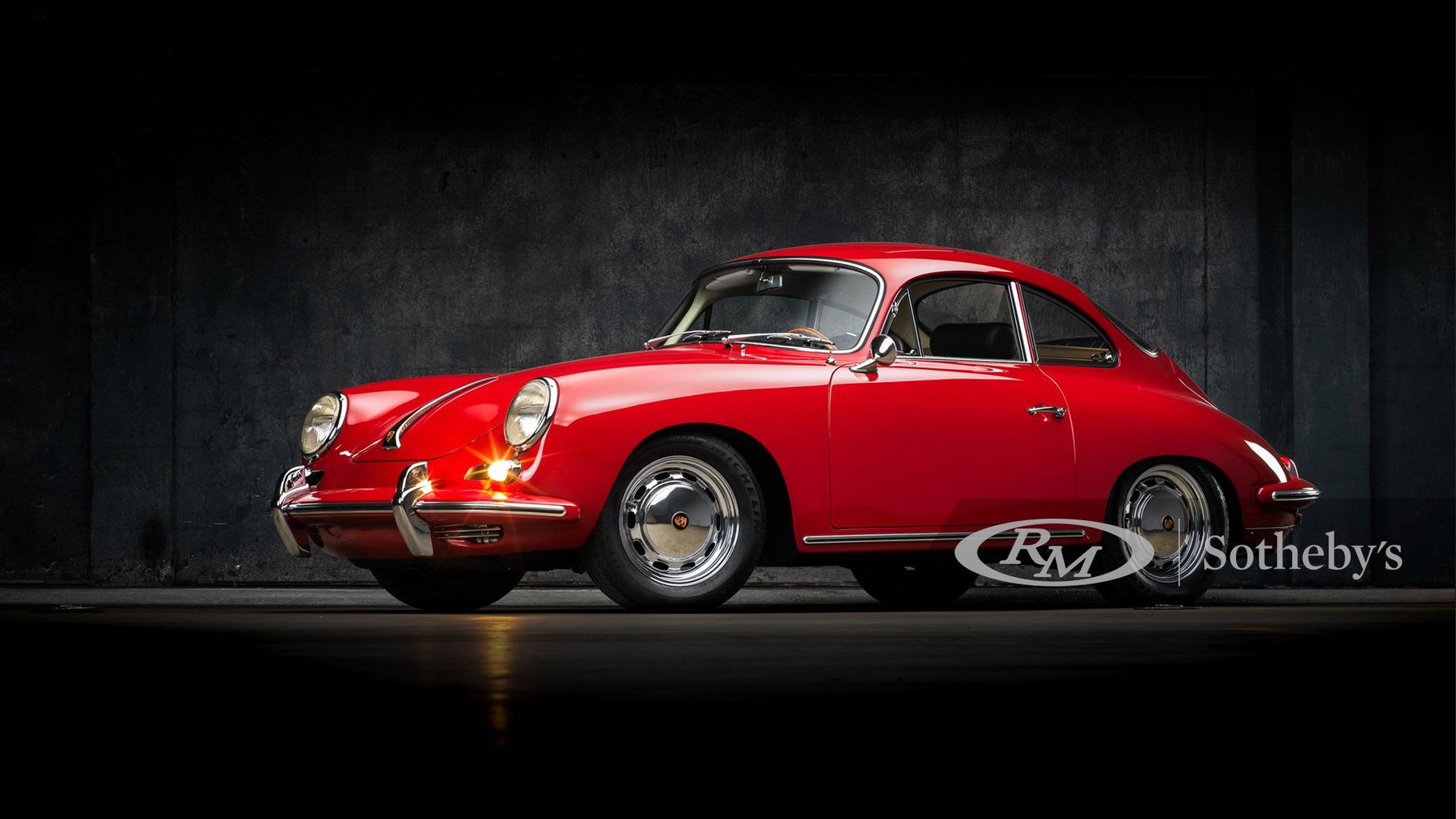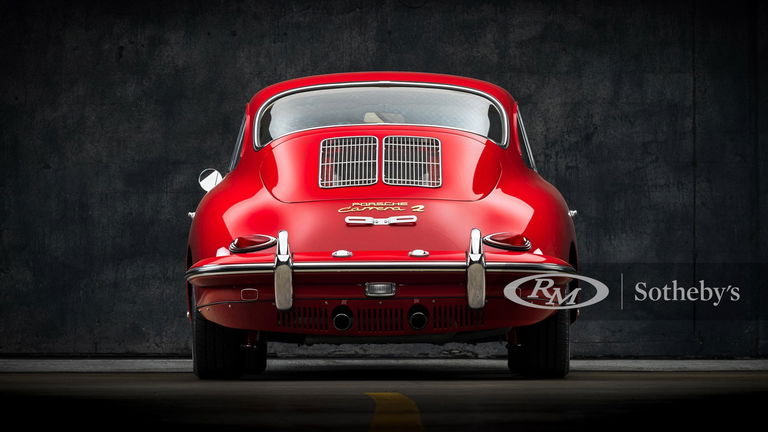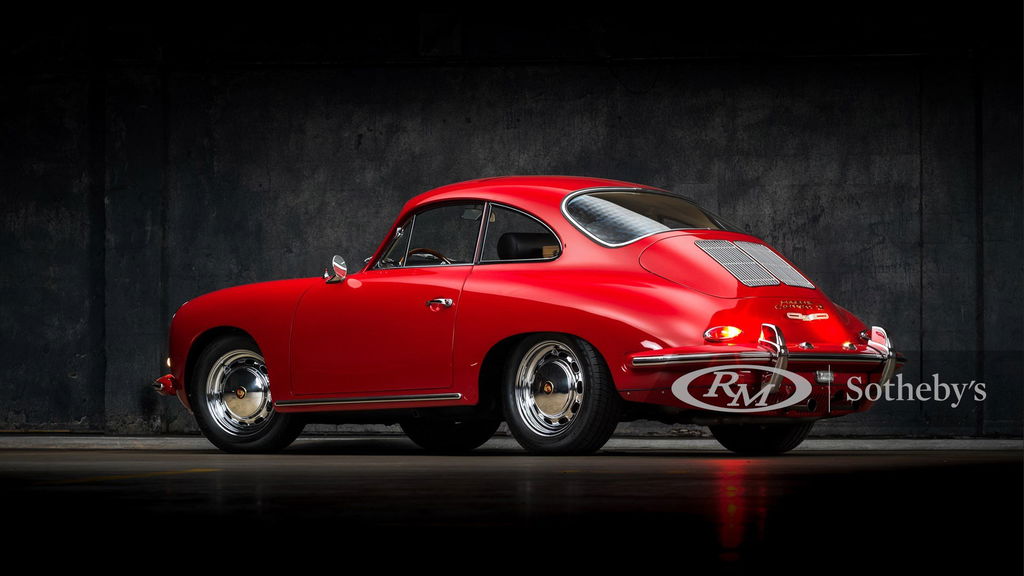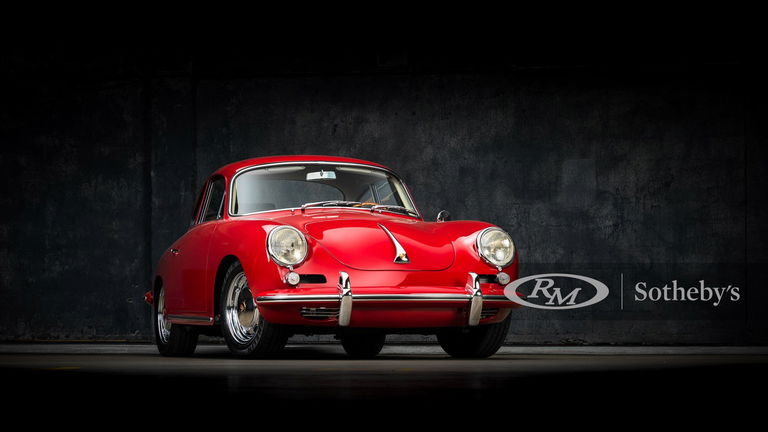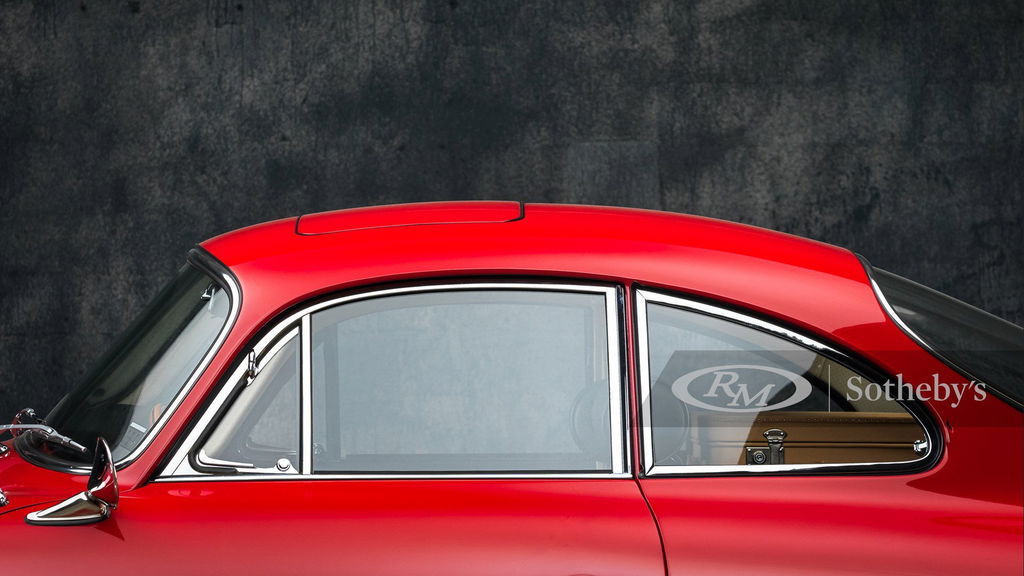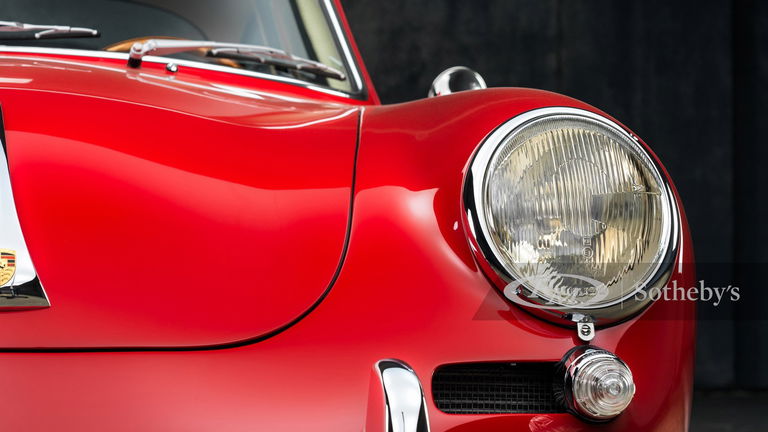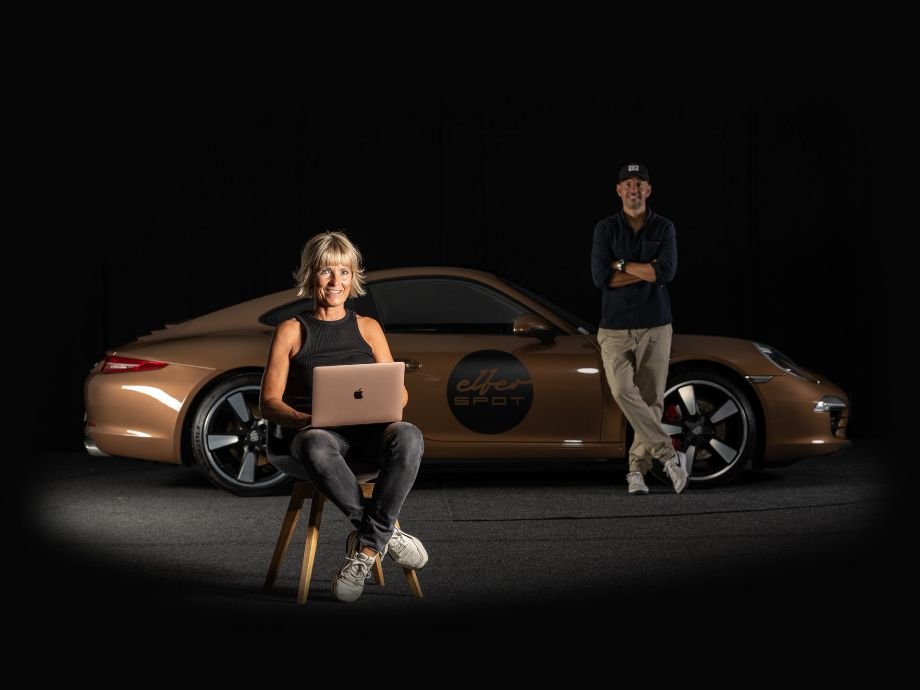However, this “Carrera 2” moniker was slightly deceptive, as in truth it applied to two distinct 2.0-liter, quad-cam, flat-four-cylinder engines—one of which was a true competition unit only available to privateer racers and VIP customers. These two different engine types were installed into divergent trim levels: the “Grand Sport” production version, and the “Grand Turismo” competition car. Put simply, the GS was the production car used to homologate the GT for racing, even though there were many significant differences between the two, such as lightweight aluminum body panels.
The production GS-spec engine (Type 587/1) was good for 130 horsepower. The GT-spec engine was the competition unit (Type 587/2) and boasted nearly 160 horsepower through various modifications. The GT-spec engine was further improved to 180 horsepower in Works chassis and would soon become the basis of Porsche’s revolutionary, Le Mans class-winning 718 RSK and 904 Carrera GTS race cars.
Research by Porsche historian Jürgen Barth shows that just 27 of these Type 587/2 competition engines were produced and made available to customers, while approximately 15 complete GT cars were completed at Zuffenhausen between 1962 and 1964. Thus, some of the 12 “leftover” engines were used in Works cars or installed in-period for GS/GT conversions completed by the factory or privateer teams.
Public sales of the Carrera 2 began in April 1962, and these cars became the first Porsches fitted with standard disc brakes. Some 310 Carrera 2 GS cars were produced, of which very few were „Sunroof“ Coupes like the example offered here.
CARRERA 2 GS NUMBER 124967
This Carrera 2 GS example was completed on 17 July 1963 and delivered new to a physician in Munich via distributor MAHAG. Original factory specifications included chrome wheels, luggage rack, safety belts, headrests, electric sunroof, antenna, Skai-Dur luggage, and a Ruby Red exterior over black leatherette upholstery featuring corduroy inserts. Warranty entries on an accompanying copy of its original Kardex run through 15,517 kilometers (~9,640 miles) in September 1964.
It was later exported to the California, where it was treated to a multi-year rotisserie restoration to very high standards by 356 specialists. During this restoration, the car was reportedly brought down to bare metal, returned to its original exterior color, and then reupholstered in correct-pattern black leatherette with black corduroy inserts.
Meanwhile, the car was fitted with the incredibly desirable Type 587/2 competition GT engine, number 98001, which was sourced by Porsche restoration facility Raceline Feustel in Neunkirch, Switzerland. Jürgen Barth notes that this engine was originally installed in Works Carrera 2 GT chassis 123451, and then spare Works chassis 13336. Despite the addition of this remarkable high-performance engine, this GS chassis retains its correct-type steel body panels, headrests, antenna, and chrome wheels. Its odometer face presently displays imperial units.
Furthermore, this fantastic 356 Carrera 2 GS is accompanied by a Porsche CoA, Kardex scans for both its chassis and GT engine, tool roll, spare wheel, jack, manuals, and a replicated set of Skai-Dur luggage. The car remains ideally suited for the myriad historic touring and rallying events for which it is eligible, not to mention exhilarating road use. This tremendous versatility—combined with its fascinating early life, historical correctness, and enviable rarity—render it arguably the most noteworthy 356 Carrera 2 currently available and a “must have” for any committed Porsche enthusiast.
